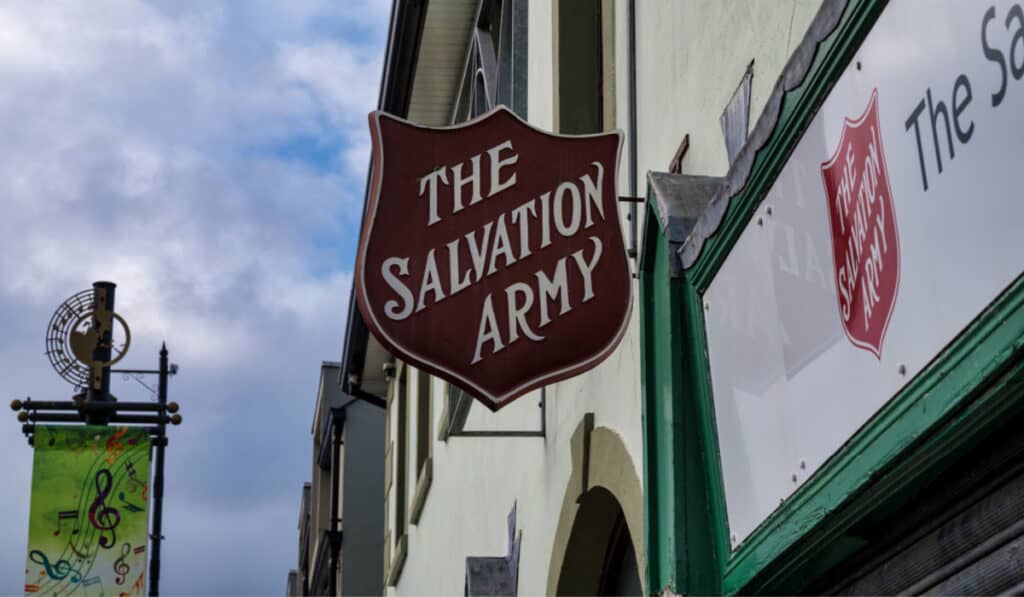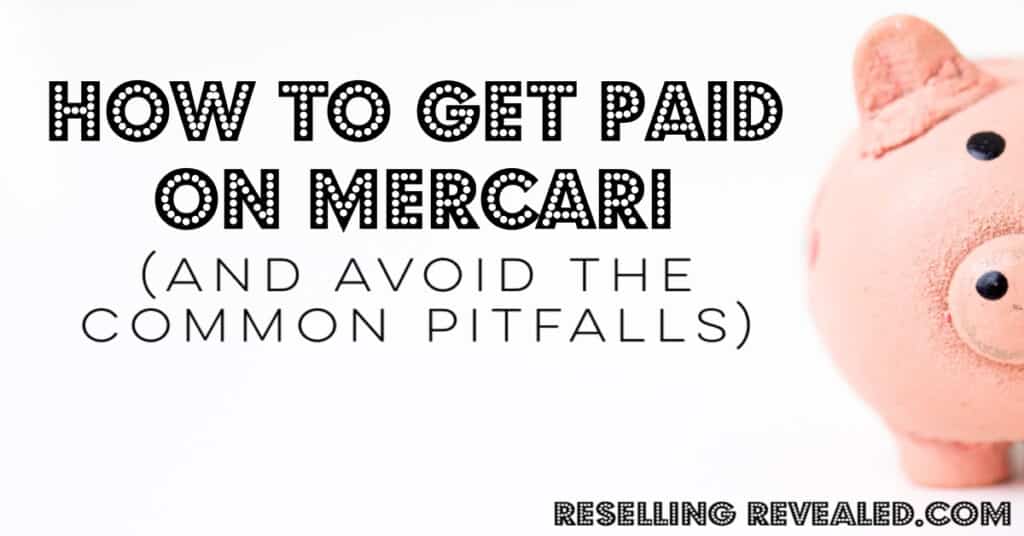As an Amazon Associate I earn from qualifying purchases.
If your experience with Etsy hasn’t been positive, you’re probably looking for alternatives to buy handmade art and creative craftwork. ArtFire is a brand that comes up as an Etsy alternative, but its reputation is mildly suspicious at best. So, should you stay away from it?
ArtFire is not legit anymore because it has seized operations due to the difficulty of management. It was a legitimate business, but its inability to filter out scammers or provide enough traffic to legitimate sellers affected its reputation making it less profitable.
In this article, you’ll discover some relevant buying and selling red flags for online marketplaces like ArtFire. If you plan to buy or sell handiwork from a site like ArtFire or Etsy, you have to pay attention to these factors, because they led to the loss of money and trust in the ArtFire platform.
What to Know Before Buying on ArtFire?
The critical thing to know is that the ArtFire platform shut down in December 2021.
Whether another business will acquire the domain and start again is debatable. Still, you need to watch out for a few red flags about the ArtFire buying experience, even when buying on other platforms.
1. ArtFire Has Poor Quality Control
It might be more appropriate to say that the platform had poor quality control. The only value a creative-work marketplace provides a buyer is good curation. You’re exposed to bad art and sellers with poor business ethics when a platform fails to have decent quality control. Before you buy from any platform, you must check the average trust rating of its sellers.
2. The Platform Doesn’t Take Responsibility for the Shops on It
ArtFire ultimately shut down because it didn’t want to take responsibility for the scammers using it to get money without delivering the right products. When buying art on any platform, you should check the terms of service to see the degree of accountability of the marketplace.
If you cannot hold the platform responsible for the sellers on it, you cannot trust the sellers because they’re on the specific platform.
With ArtFire, you could trust the average seller to the extent you could trust anyone messaging you on Twitter and Facebook, asking for money while promising to deliver a product.
3. You Must Expect Delays
Another key issue with buying products on ArtFire was that one would experience delays. Because buyers couldn’t be sure if they were scammed or the delivery was unreasonably delayed, they would simply drop 1-star reviews on sites like Trustpilot. As it should, those social reviews helped kill the platform’s reputation.
When buying art online, you should ensure the store ships on time and gets a high-enough trust score based on timely delivery. Many art purchases are time-contingent gifts, and an art piece is no good if it is meant to be a Christmas gift and arrives on Valentine’s day.
4. ArtFire Customer Service Staff Is Almost Always Overwhelmed
Finally, the aspect that made the shopping experience on ArtFire even worse was that the customer service staff had a backlog of so many complaints that it could not address anyone on time. Most of the complaints arose from late shipping issues and drowned out legitimate complaints about third-party seller scams.
When you buy handicrafts on Etsy or any other online marketplace, you must test the customer service.
Making a complaint to test the response time and the degree of attention your concern gets is the best way to ensure that you can purchase art without the risk of being ghosted by the customer service agents when you need them the most.
What to Know Before Selling on ArtFire?
Again, the key thing to know before selling on ArtFire is that the original business shut down in December 2021. If there is a new platform with the same name, the previous version’s reputation cannot be held against it.
But regardless of whether you’re selling on ArtFire or any other platform, you need to know a few things that can keep you from disappointment as an art seller.
1. ArtFire Has Poor Seller Trust
Not only did customers suffer because of ArtFire’s mismanagement, but legitimate sellers did as well. When the platform didn’t have reliable quality control, every legitimate operator’s reliability came into question.
This low reliability decreased the overall volume of transactions.
When you choose to sell art online, you must select a platform with a high barrier to entry. Such marketplaces have high inherent trust, so people are more willing to buy from you as first-time customers.
2. ArtFire Has Low Traffic
When you sell products through a website that isn’t your own, you pay for the privilege of being exposed to the site’s visitor traffic. Unfortunately, ArtFire didn’t have enough legitimate buyer traffic.
A bulk of its customers visited the website after looking up ‘Etsy alternatives’ and seeing ArtFire’s name mentioned. This meant that the platform would receive a fraction of Etsy’s traffic.
3. ArtFire’s Terms Weren’t Profit-Friendly
Would you pay $9.99 to list 25 products?
Maybe.
But what if you have to pay $9.99 every month even if you don’t make any sales?
And what if the platform makes it impossible to cancel your seller subscription?
That’s a recipe for seller disappointment.
The scammers who would charge an amount and then close their shops forced ArtFire to make canceling seller subscriptions harder. But because legitimate sellers were trying to close their shops all the time and were being charged every month, the platform was catching flak for not being seller-friendly.
When you choose to sell your handmade art online, you must ensure the terms are commission-based so you aren’t forced to discount your art or overcharge. You should also examine your flexibility in cancellation, shop closing, and other areas.
Recap: Why You Shouldn’t Trust ArtFire
ArtFire started as a legitimate platform that devolved into a chaotic example of what not to do when running an Etsy-like platform.
However, there are lessons to learn for both buyers and sellers. Mainly, both should look for a platform with a higher barrier to entry, good customer service, and a structure for accountability.







